From the Desk of Guam’s Historian: CHamoru oral histories
March 15, 2021 by admin
Filed under Special Forces
Guampedia.com March 2021 Newsletter
CHamoru oral histories are a
powerful tool in the interpretation
of our sainas (elders), finaloffan
(past) and hinanau (a journey).
For more than five decades,
I have emphasized using
Finu’håya (CHamoru language)
in understanding and learning
of the CHamoru finaloffan and
hinanau. There is no alternative
since our saina did not write their
past. In CHamoru, there is a very
powerful proverb, Ti Mamaigu’
Si Yu’us (God does not sleep!).
In learning and understanding
CHamoru history, I restated the
proverb as, Ti Man Mamaigu’ I
Man Saina-hu (CHamoru elders
do not sleep!). This has been my
relationship with them since I can
remember.
In revisiting an event that
occurred 500 years ago, I could
literally hear finu’-ñiha (their
voices) in my writing and my
reflections with their emphatic
statements. Atan i ha’åni?
(Review the dates?). Atan håyi
I man tautau gi lagu? (Who
were the people who arrived
from the direction of the eastern
horizon?) Man håyi? (Who are
they?). Yanggin un atan maulik,
un sodda’ i ineppi’! (When you
search intensely, you will have the
answer)! And I did!
Of the 270 crew member
expedition, there was one crew
member that is linked intimately to
what occurred 500 years ago. His
name was Enrique de Malacca,
a Malaysian, known to his people
as Awang Pawgilinan. He and I
are both distant CHe’lu (siblings)
of the Proto-Austronesian race.
Our saina’ reached the shores of
thousands of islands in Oceania.
Of the same ancestry, I speak
CHamoru and Enrique spoke
several Malay dialects, all of which
are Proto-Austronesian languages.
When I reviewed various Malay
dictionaries, I was amazed by a
pivotal lexicon shared by CHamoru
and Malay. These lexicons
include the human anatomy, the
constellations, pronouns, and
numerical systems, to cite a few.
In any inatulaka (trade), numerical
systems are indispensable.
After realizing and knowing
our ancestral relationship,
other questions unfolded in my
search for enlightenment. One
question was, who among the
crew members who were able to
communicate with my saina 500
years ago? Enrique!
In my interpretation of the event
500 years ago, Enrique perhaps
said the following; “Magellan, the
CHamoru(s) speak a language I
understand!” Sure enough, after
the Expedition departed Las Islas
Marianas three days later, they
reached Las Islas Filipinas within
10 days, arriving March 16, 1521.
Thus leading them to the Spice
Islands.
Why was this account not
written or more documented?
Because Enrique was not an
integral part of the narrative of
the Expedition. The focus was on
Magellan and Elcano. Enrique
was not even a subtitle to the Las
Islas Marianas. The chroniclers,
including Antonio Pigafetta, were
focused on the deeds and merits
of the lead explorers, all who
were Europeans.
I have always questioned
why they only made a three day
layover in Las Islas Marianas,
based on CHamoru ocean
voyaging traditions. If indeed the
chroniclers were truly descriptive
of the expedition’s plights, they
would have had no choice but
to remain in Las Islas Marianas
longer to recuperate. However,
they did not and departed after
three days.
As a CHamoru, I know our
saina would not risk the health
of their crew. Their crew comes
first before the objective of the
voyage. The only reason and
explanation I can think of is that
Enrique was instrumental in the
three day layover. He must have
convinced Magellan and Elcano
of the proximity and just days
within reach of the Spice Islands.
Who else on the expedition had
the knowledge?
There is another pivotal
storyline regarding Enrique.
Enrique was Magellan’s esklåbu
(slave). As Magellan’s esklåbu,
Enrique was likely a part of the
expedition to be interpreter once
the expedition reached the Spice
Islands.
Enrique is our link to the first
circumnavigation of the globe.
He may also be the first Malay to
circumnavigate the globe. As a
CHamoru, as a part of the Proto-
Austronesian people, my pride in
Enrique is endless. Enrique and
guåhu (I) are CHe’lu only divided
by spaces of time, ocean and
land. We are both Austronesian!
Finally and emphatically,
I also became an esklåbu
through Western expansionism
and colonialism. I became the
“governed!”
Gi mina’åsi’, la sangri yåma yan
fanatahguiyan I ha’åni
(With grattitude, the blood calls
the winds of change).




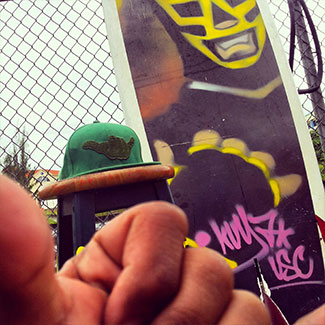
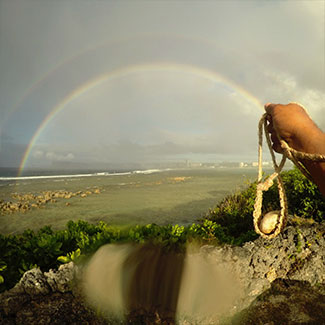
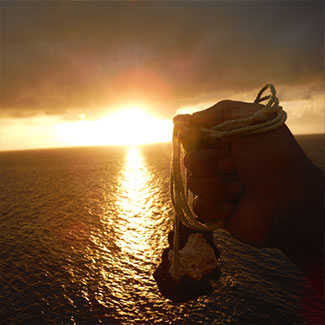
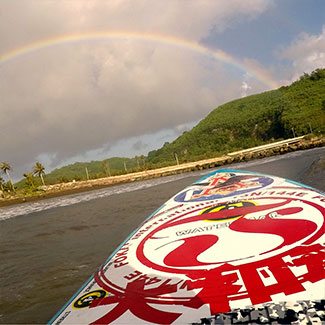
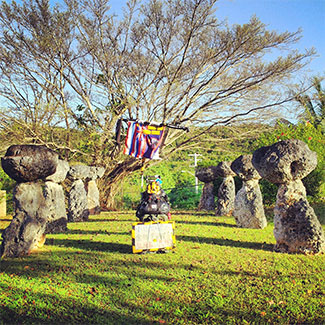
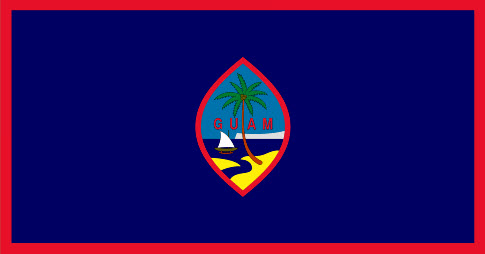
Comments
a penny for your two cents
and oh, if you want a pic to show with your comment, go get a gravatar!